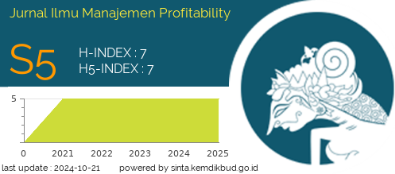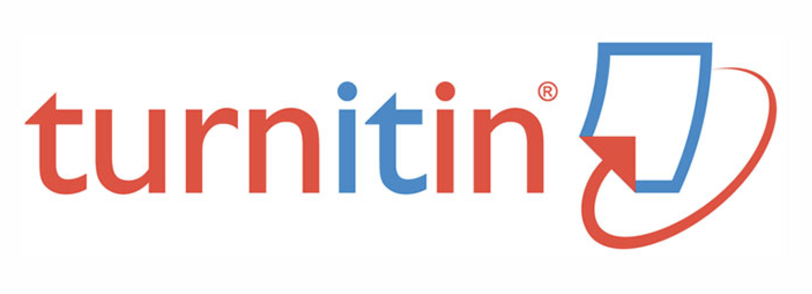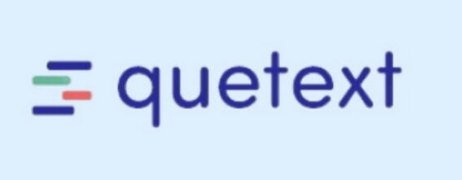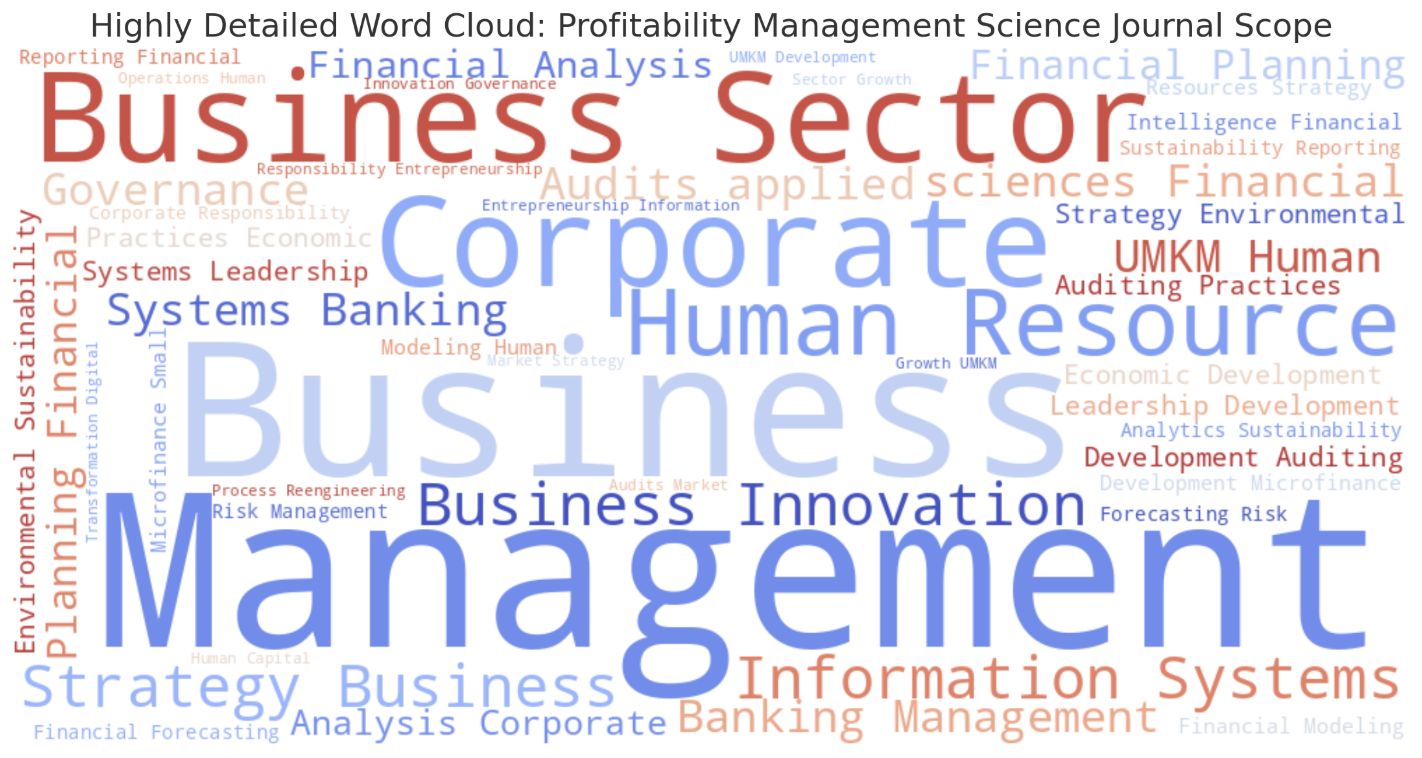INFLUENCE OF PROFIT AND CASH FLOW ON FINANCIAL DISTRESS CONDITIONS
Abstract
Keywords
Full Text:
PDFReferences
Carolina, verani., Elyzabet I. Marpaung, dan Derry Pratama. 2017. Analisis Rasio Keuangan Untuk Memprediksi Kondisi Financial Distress (studi empiris pada perusahaan manufaktur yang terdaftar di bursa efek indonesia periode 2014-2015). Jurnal Akuntansi. 9(2).
Darsono dan Ashari. 2005. Pedoman Praktis Memahami Laporan Keuangan. Jakarta: Salemba Empat
Djongkang, F, dan Maria Rio Rita. 2014. Manfaat Laba dan Arus Kas Untuk Memprediksi Kondisi Financial Distress. 247-255.
Fahlevi, MR., dan Aan Marlinah. 2018. The Influence of Liquidity, Capital Struckture, Profitability and Cash Flow on The Company’s Financial Distress. Jurnal Bisnis dan Akuntansi. 20(1): 59-68.
Hery. 2016. Analisis Laporan Keuangan (Integrated and Comperhensive Edition). Jakarta: PT Gramedia Widiasarana Indonesia.
Harahap, SS. 2011. Analisis Kritis Atas Laporan Keuangan (Edisi 1). Jakarta: PT. Raja Grafindo Persada.
Julius, F. 2017. Pengaruh Finacial Leverage, Firm Growth, Laba Dan Arus Kas Terhadap Financial Distress (Studi Empiris pada Perusahaan Manufaktur yang Terdaftar di Bursa Efek Indonesia Tahun 2010-2014). 4(1).
Kasmir. 2018. Analisis Laporan Keuangan. Depok: PT Raja Grafindo Persada.
Nukmaningtyas, Fira dan Saparila Worokinasih. 2018. Penggunaan Rasio Profitabilitas, Likuiditas,Leverage Dan Arus Kas Untuk Memprediksi Financial Distress (Studi Pada Perusahaan Sektor Aneka Industri Yang Terdaftar Di Bursa Efek Indonesia Periode 2013-2016). Jurnal Administrasi Bisnis (JAB). 61(2).
Purnomo, RA. Analisis Statistik Ekonomi dan Bisnis dengan SPSS. 2017. Ponorogo: WADE GROUP.
Ratna Sari, Eka dan Mochammad Rizal Yulianto. 2018. Akurasi Pengukuran Financial Distress Menggunakan metode Springate dan Zmijewski pada Perusahaan Property dan Real Estate di Bursa Efek Indonesia Periode 2013-2015. Jurnal Manajemen Bisnis Indonesia. 5(2).
Rudianto. 2013. Akuntansi Manajemen Informasi Pengambilan Keputusan Strategis. Jakarta: Erlangga.
Subramanyam, K.R dan John J. Wild. 2014. Analisis Laporan Keuangan. Penerjemah Dewi Y. Jakarta: Salemba Empat
Suryaningsih, Levi. 2020. Analisis Pengaruh Profitabilitas, Likuiditas, Dan Leverage Terhadap Financial Distress Pada Perusahaan Bumn Yang Terdaftar Di Bursa Efek Indonesia Tahun 2014-2018.
World Economic Forum. 2019. The Global Competitiveness Report. Diunduh tanggal 11 Februari 2020, http://www3.weforum.org/docs/WEF_TheGlobalCompetitivenessReport2019.pdf
DOI: https://doi.org/10.26618/profitability.v5i2.5905
Refbacks
- There are currently no refbacks.

Jurnal ilmu Manajemen Profitability Is Licenced Under a Creative Commons Attribution-NonCommercial-NoDerivatives 4.0 International License. Jl. Talasalapang No.20 A, Gn. Sari, Kec. Rappocini, Kota Makassar, Sulawesi Selatan 90221











1.png)